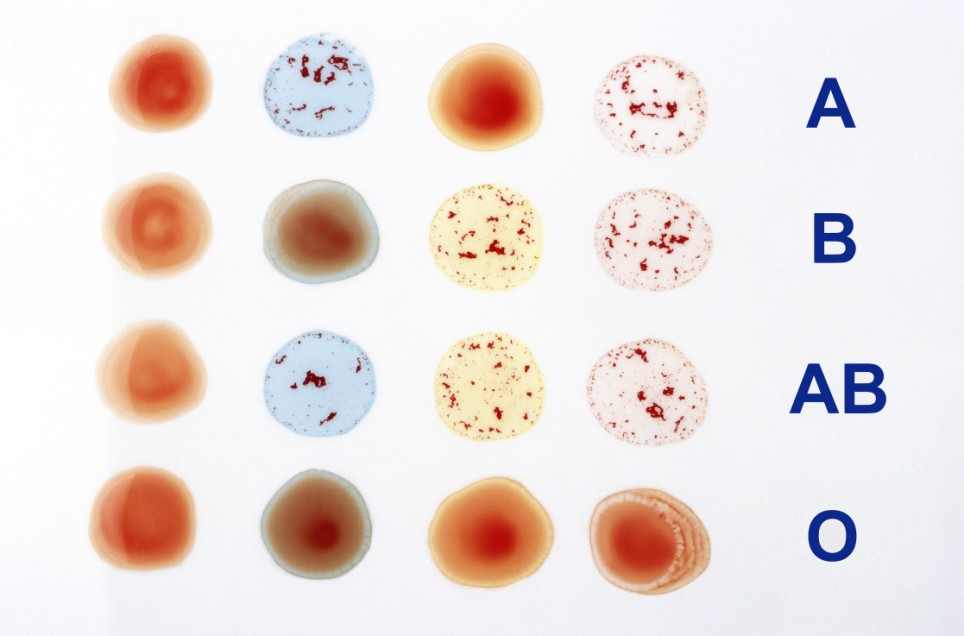Blood Group Tests
Blood group testing is an essential diagnostic tool used in medical labs to determine a person’s blood type. This test is critical in various medical scenarios, from routine health check-ups to emergency medical procedures, such as blood transfusions and surgeries. Understanding how blood group tests are conducted, the different blood group systems and their significance is crucial for anyone seeking to understand more about their health. Let’s dive into the details.
Table of Contents
ToggleWhat is a Blood Group Test?
A blood group test, also known as blood typing, is a laboratory analysis used to determine an individual’s blood type. The most well-known blood group systems are the ABO system and the Rh factor. Both systems classify blood based on the presence or absence of specific antigens on the surface of red blood cells.
Why is Blood Group Testing Important?
Blood group testing is important for several reasons:
- Safe Blood Transfusions: Blood typing ensures that the blood used in transfusions is compatible with the recipient’s blood. Incompatible transfusions can lead to serious reactions, including hemolysis (destruction of red blood cells), which can be fatal.
- Pregnancy and Childbirth: Blood group testing helps monitor pregnant women, especially for Rh incompatibility. If the mother is Rh-negative and the baby is Rh-positive, the mother’s immune system might attack the baby’s red blood cells, leading to complications like hemolytic disease in the newborn.
- Medical and Surgical Procedures: Blood typing is critical during surgeries to ensure that the patient receives the correct blood type if a transfusion is necessary.
- Disease Diagnosis: Some diseases are associated with certain blood groups. For instance, individuals with type O blood may have a lower risk of heart disease, while those with type A may be more prone to certain infections.
Types of Blood Group Systems
The two main blood group systems are:
-
The ABO Blood Group System
The ABO system classifies blood into four main types:
- A: Presence of A antigen on red blood cells and B antibodies in plasma.
- B: Presence of B antigen on red blood cells and A antibodies in plasma.
- AB: Presence of both A and B antigens on red blood cells and no A or B antibodies in plasma. This group is considered the universal recipient.
- O: Absence of A and B antigens on red blood cells but presence of both A and B antibodies in plasma. This group is the universal donor.
-
The Rh Blood Group System
The Rh factor is another critical antigen found in red blood cells. It classifies blood as either Rh-positive (presence of the Rh antigen) or Rh-negative (absence of the Rh antigen). For instance, a person with type A blood and the Rh antigen is classified as A+, while someone without the Rh antigen is classified as A-.
How is Blood Group Testing Performed in the Lab?
Blood group testing is a straightforward process performed in laboratories through several methods. The most common ones include:
-
Forward Typing (Antigen Testing)
In this method, the laboratory technician mixes a sample of the patient’s blood with antibodies against types A and B blood. The reaction between the blood and these antibodies determines the blood group:
- If the blood cells clump (agglutinate) when mixed with anti-A antibodies, the blood type is A.
- If agglutination occurs with anti-B antibodies, the blood type is B.
- If no clumping occurs with either, the blood type is O.
- If agglutination occurs with both anti-A and anti-B antibodies, the blood type is AB.
-
Reverse Typing (Antibody Testing)
This method tests the plasma for antibodies against type A and B blood. Blood plasma is mixed with red cells known to be type A or B. Clumping indicates the presence of antibodies, helping to confirm the blood type identified in forward typing.
-
Rh Testing
Rh testing involves mixing the blood sample with anti-Rh antibodies. If clumping occurs, the blood is Rh-positive. If no reaction occurs, the blood is Rh-negative.
Modern Techniques in Blood Group Testing
In addition to traditional methods, modern laboratories employ advanced techniques such as:
- Gel Electrophoresis: This method separates blood components using a gel medium to determine blood type.
- Microplate Testing: A high-throughput technique used in blood banks and hospitals for large-scale blood typing.
- DNA-based Testing: Genetic analysis can also determine blood type by analyzing the specific genes responsible for ABO and Rh antigens.
What to Expect During a Blood Group Test
A blood group test is typically quick and painless. Here’s what to expect:
- Blood Sample Collection: A lab technician will collect a small sample of blood, usually from your arm.
- Lab Analysis: The sample is then analyzed in the lab using one or more of the methods described above.
- Results: Blood group test results are usually available within a few hours to a day, depending on the lab’s processing time.
Frequently Asked Questions
- Can my blood group change over time? No, your blood group is determined by your genetics and remains the same throughout your life.
- What happens if I get the wrong blood type in a transfusion? Receiving the wrong blood type can cause a severe immune response, leading to complications such as fever, chills, or even life-threatening reactions.
- Is blood group testing necessary for everyone? Yes, knowing your blood group is essential for emergencies, surgeries, and pregnancy care.
Conclusion
Blood group tests are a crucial part of modern medical diagnostics, ensuring the safe administration of blood transfusions and supporting healthy pregnancies. With various testing methods available, from traditional antigen-antibody reactions to cutting-edge genetic testing, laboratories are equipped to provide accurate results. Whether for routine health checks or life-saving interventions, understanding your blood group is key to maintaining good health.






